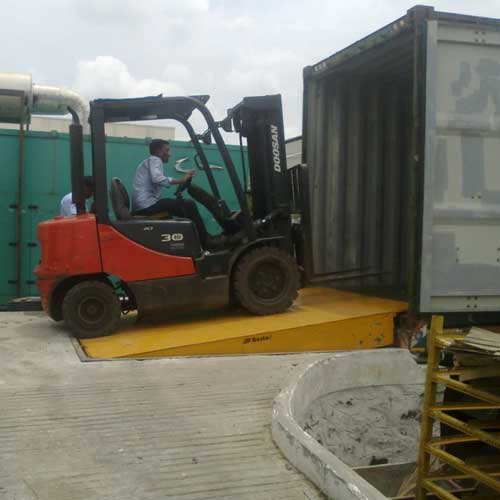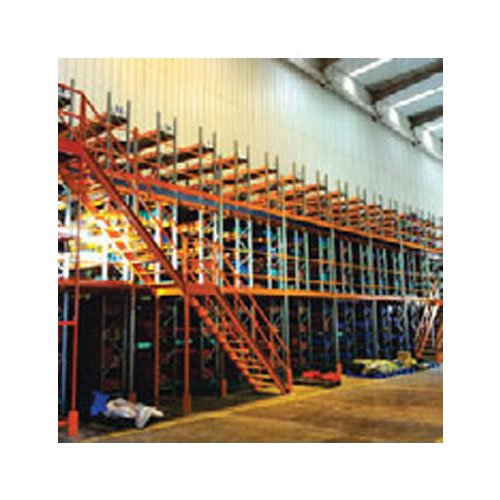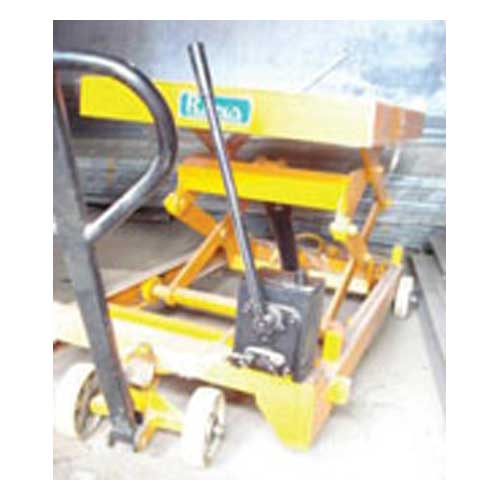Schedule a Call Back
Should you rent or buy lift equipment?
 Articles
Articles- Jan 13,22

Related Stories

Beyond fixed automation: The rise of dynamic factory systems
In this article, Emily Newton highlights how dynamic factory systems use AI and automation to boost resilience, efficiency, and flexibility in manufacturing.
Read more
Ammann India Expands ABG Paver Production and Aftermarket in Gujarat
Ammann India rolls out its first ABG Paver and launches a high-tech parts warehouse in Gujarat, boosting local manufacturing, service support, and exports for road construction equipment.
Read more
How AI Enhances Aftermarket Part Planning for Manufacturers
As AI continues to transform the manufacturing landscape, it is also revolutionizing the aftermarket part planning segment. In this article, Emily Newton explores how AI is helping manufacturers enh..
Read moreRelated Products

Dock Leveller
Besto Material Handling Equipments offers a wide range of dock leveller.

Multi Tire
SCI Storage Solution offers a wide range of multi tire.

Industrial Lifting Equipment
Rana Material Handling Equipments Pvt Ltd offers a wide
range of industrial lifting equipment.

















